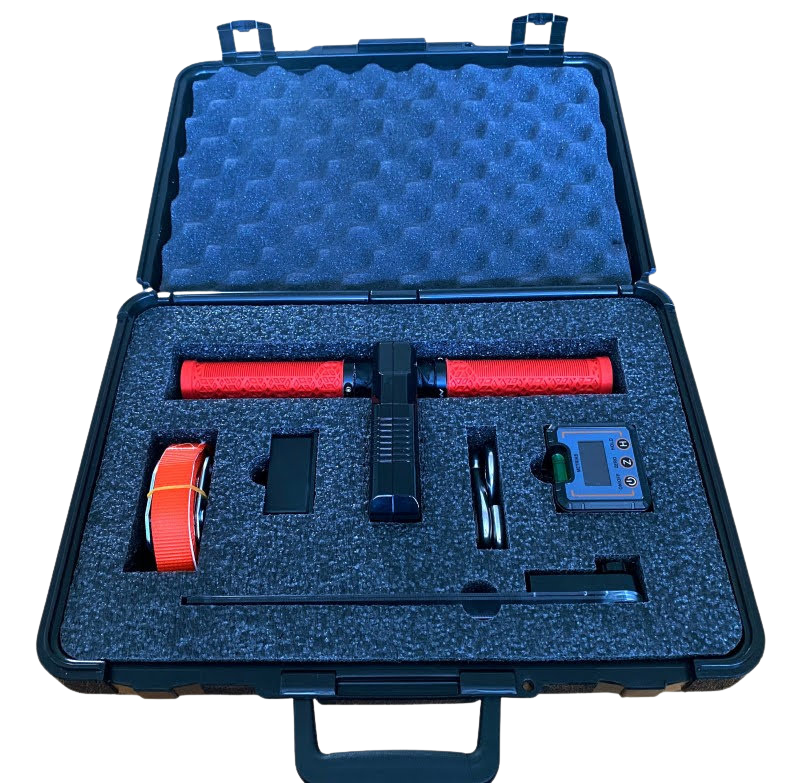“Most clinicians talk too much. The key to closing a deal? Let the buyer speak 80% of the time.”
— Mike Affleck, Functional Testing Expert
Section 1: Sales Theory That Works — Hormozi’s C.L.O.S.E.R. Framework
If you’ve ever felt stuck trying to convince an employer to pay for a Functional Capacity Evaluation (FCE), this framework is your blueprint. Alex Hormozi’s C.L.O.S.E.R. Framework offers a practical and powerful step-by-step process to turn uncertainty into “we’re in.”
While there are many sales systems—SPIN Selling, Challenger Sales, BANT—the key theme across them all is this: ask open-ended questions that uncover the hidden needs of your buyer. Your goal is to identify their pain, position your solution, and create alignment.
The Clinician’s Dilemma:
- Clinicians are often trained to ask closed-ended questions.
- This leads to one-sided conversations, where the clinician dominates.
- In sales, the opposite is true: the buyer should talk 80% of the time.
Instead of listing features, focus on outcomes. Before you pitch your solution, be sure the buyer has confirmed there's a problem—and they want it solved.
Hormozi’s C.L.O.S.E.R. Framework
- Clarify – Understand the prospect’s motivation. Ask: “What prompted you to explore this solution?” “What are you hoping to achieve?”
- Label – Define the problem in their own words. “It sounds like you’re facing [insert issue]; is that correct?”
- Overview – Ask about past efforts and gaps. “What have you tried so far?” “How well did it work?”
- Sell – Focus on outcomes, not features. “Imagine you could cut modified work in half—how would that affect your business?”
- Explain – Address objections with empathy. “I understand budget is a concern, but here’s what clients have seen in ROI.”
- Reinforce – Affirm their decision. “We’ll support you every step of the way. Want me to be there for the first case?”
This model isn’t just for seasoned salespeople—it’s tailor-made for rehab professionals, solopreneurs, and health consultants who need to communicate value without being pushy.
Section 2: Using CLOSER with Employers — A Sample Script
Here’s what this sounds like in real life when pitching an employer who has never purchased an FCE before:
Clarify: “Thanks for taking the call. Do you have a few complex injury cases or workers stuck on modified duty?”
Label: “It sounds like the real problem is not knowing when workers are fully ready to return. Is that right?”
Use this opportunity to teach about hard and soft costs tied to extended modified work. Explain the difference between perceived abilities when healthy vs. injured.
Overview: “What have you done in the past? Used testing or just relied on a doctor’s note?”
Sell: “With an FCE, you’re not guessing—and neither are other stakeholders. Objective data reduces modified work time and protects both the worker and the company.”
Explain: Objection: “We already have a return-to-work process.” Response: “That’s great. FCEs enhance—not replace—that process. It adds defensibility and structure to the decisions you’re already making.”
Reinforce: “Let’s try it with one employee. Once you see how helpful it is, we can talk about building it into your system.”
Section 3: The Objection Deep Dive — Using the “Little Yes” Strategy
When an employer pushes back, they’re rarely saying “no.” They’re saying:
- “Not yet.”
- “This feels risky.”
- “I’m not sure it’s worth it.”
That’s where the Little Yes strategy comes in. Make it easy for them to take the next small step—without pressure.
Common Objections & Little Yes Responses:
“We already have a RTW process.” Reframe: “This enhances what you already do with hard data.” Little Yes: “Would you try it with just one complex case?”
“We only do this if insurance asks.” Reframe: “One FCE can prevent thousands in extended claims or re-injury.” Little Yes: “Can I show you a report where this saved money?”
“Isn’t this red tape?” Reframe: “It simplifies decisions—no more back-and-forth.” Little Yes: “If I send a sample, could your team take a look?”
“Won’t this delay the return?” Reframe: “It actually accelerates safe placement.” Little Yes: “Want to hear how one company reduced RTW time with this?”
“We don’t have injuries right now.” Reframe: “Perfect. Now’s the time to build the system before it’s urgent.” Little Yes: “Can I send a simple checklist for future use?”




